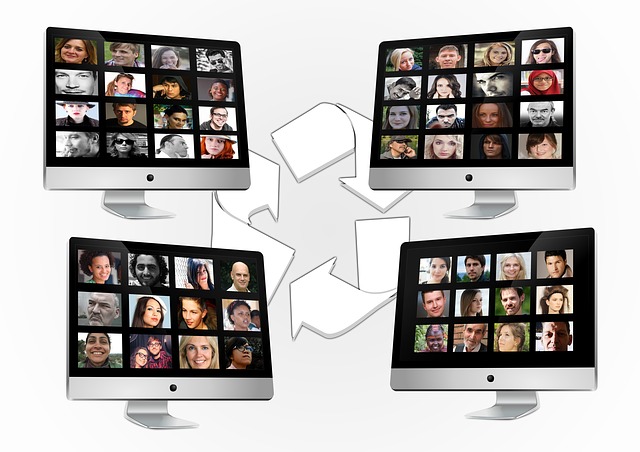Haven’t blogged in a while. Haven’t blogged regularly for quite a while. Well, here’s hoping things are gonna change, especially as I’m sold on the idea of working as openly and as transparently as possible, because that’s how work gets done in networks. Besides, in relation to blogging about our work, there’s a bit of momentum gathering amongst my newfound network of peers at the Open University. Plus, it’s International Work Out Loud Week #WOLweek and I’m looking forward to re-connecting with a few fellow advocates and starting back up our little Work Out Loud Circle. So no excuses!!
Interesting to note that the initiative of my new peer network was prompted by a presentation from Sheila MacNeill, who happens to be a solid member of my learning network and a good friend of mine. Also interesting to note is that Sheila’s presentation on Openness relates to the context of research and higher education, whereas within the context of Work Out Loud, similar discussion around openness and transparency relates to a more corporate or professional learning context.
I think these two things say a lot about where I’m at the moment in my learning journey, and maybe point to its future direction. As you might be aware, I’ve spent the last year or two roaming around the web, looking, listening and learning. Because I’ve been pretty much resident on the web, learning in the network (or is that networks), and because I’ve not really belonged to an identifiable real-world context, I don’t see the boundaries that other people might see. I guess that’s how I came to propose researching ‘something’ that relates to professionals learning in open networks. Hopefully, such a perspective means that I can bring together ideas from across sectors (or is that networks) and work across traditional boundaries to help professionals learn in an increasingly networked future.
Mind you, having said that, you might think that having this experience and perspective is great, but it’s not been without its surprises. Since arriving at the OU, I’ve discovered that my take on learning in networks is not the only one. When I think about networked learning I’ve hitherto only considered the ego or the personal learning network with the individual in full charge – determining their own learning, not that this could be designed for by others, and not that it could take place within organizational structures. A bit of an eye-opener.
Any way, we shall see where my inquiries take me. As always, it’s interesting to engage in the conversations out on the web but it’s also interesting to re-engage with the research literature again.

This work is licensed under a Creative Commons Attribution-ShareAlike 4.0 International License.




